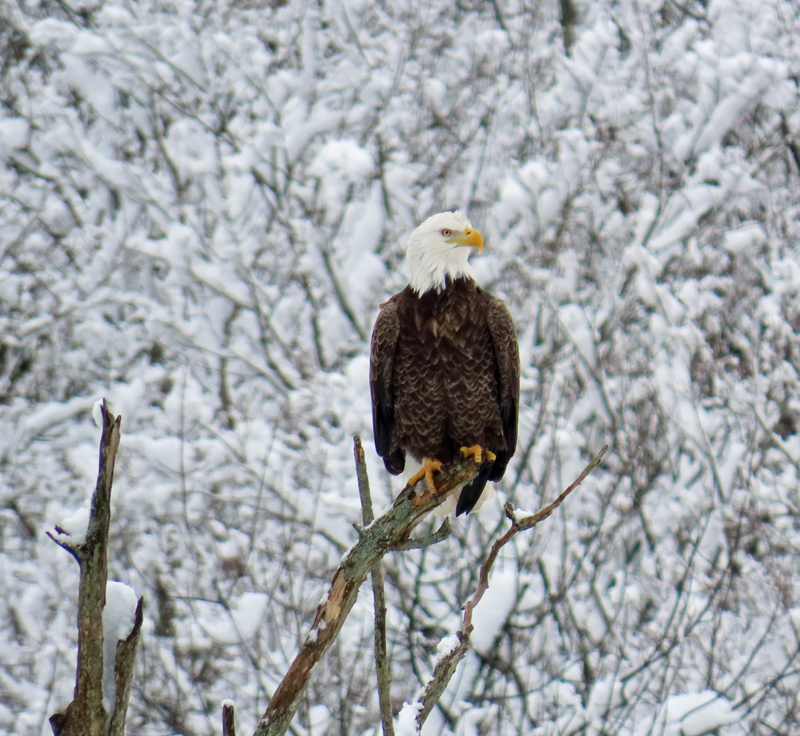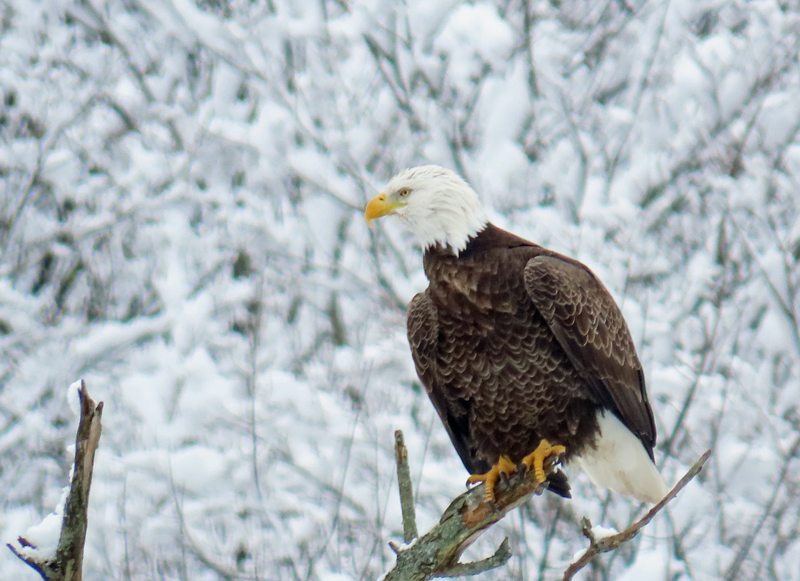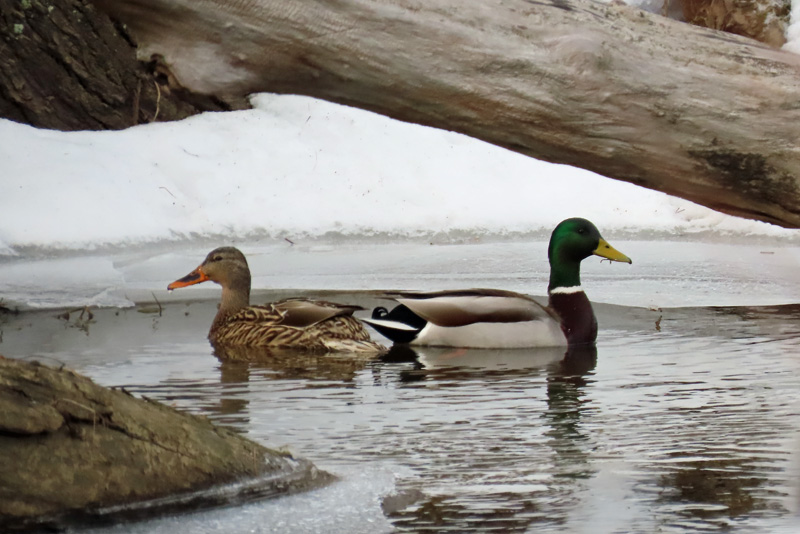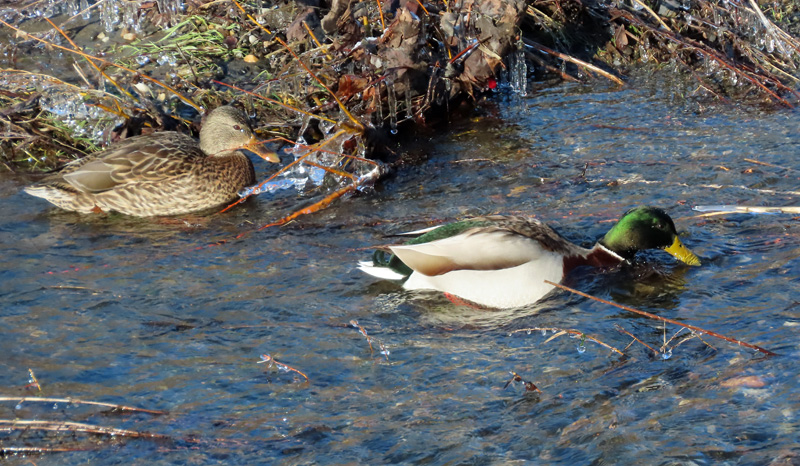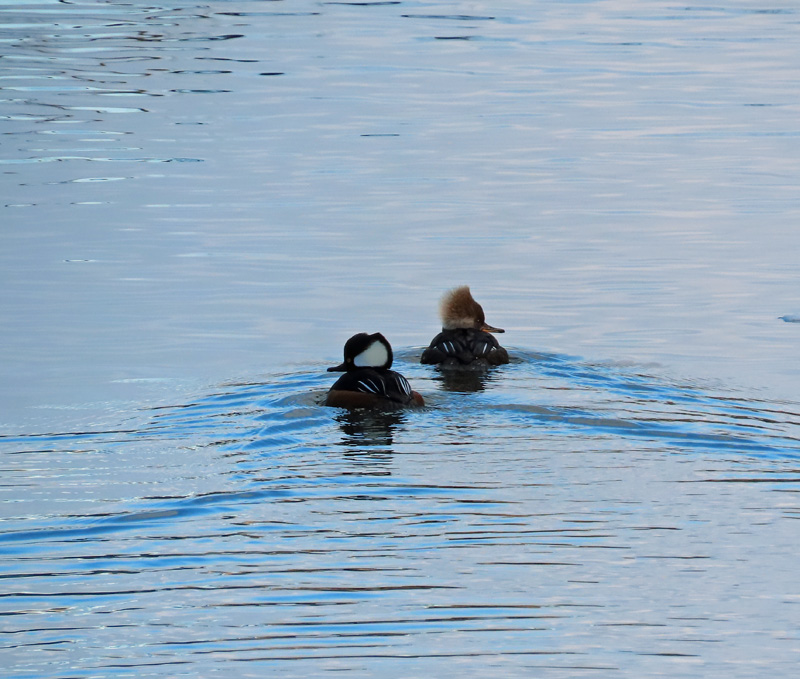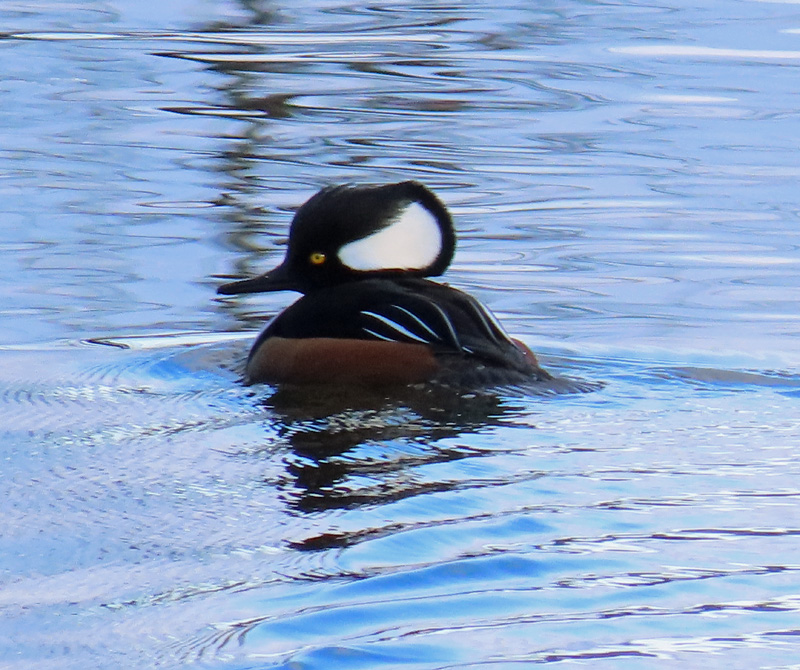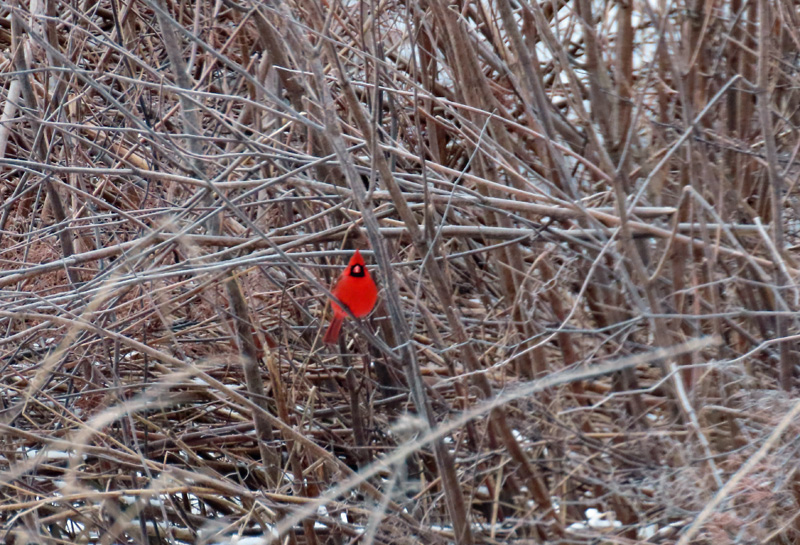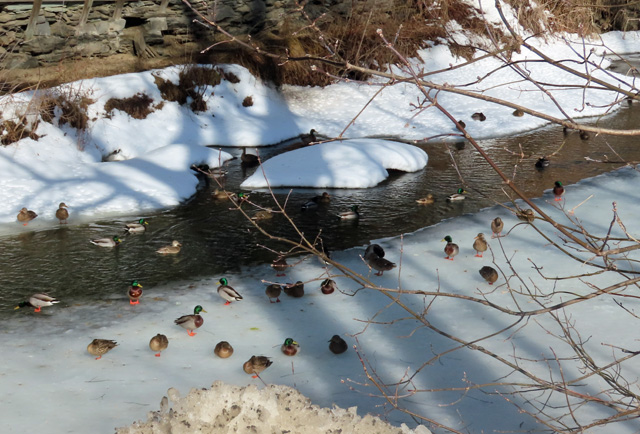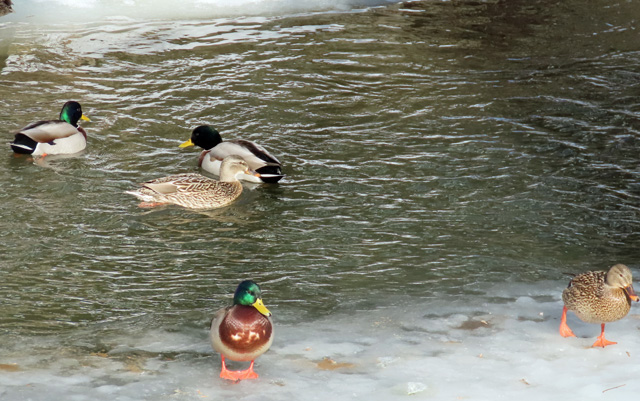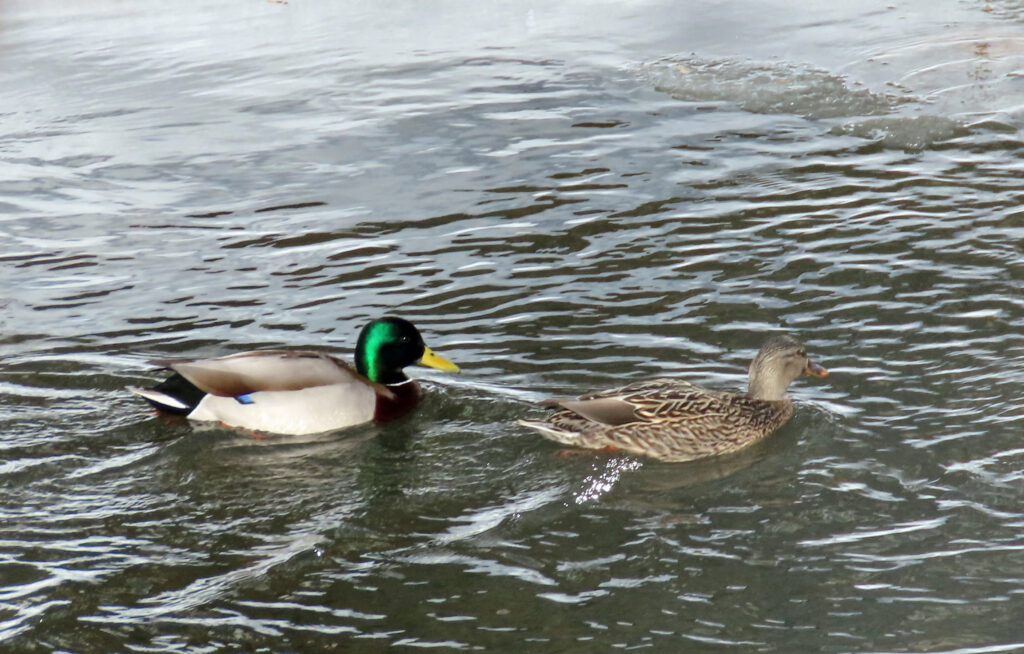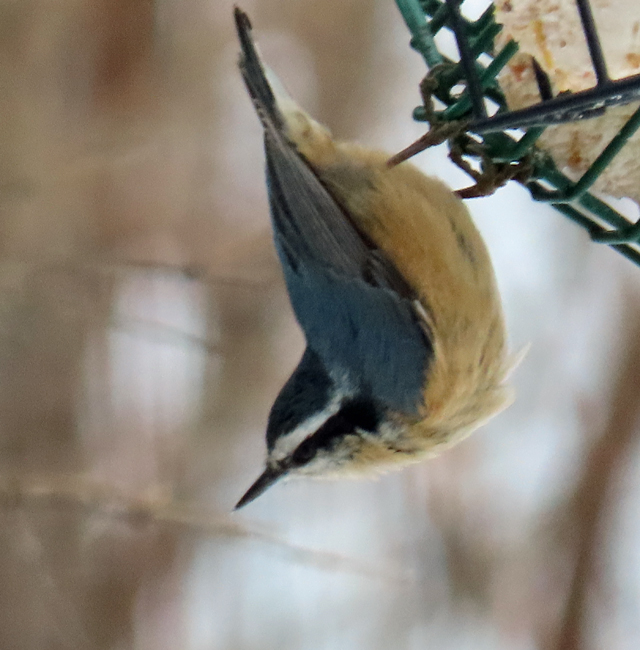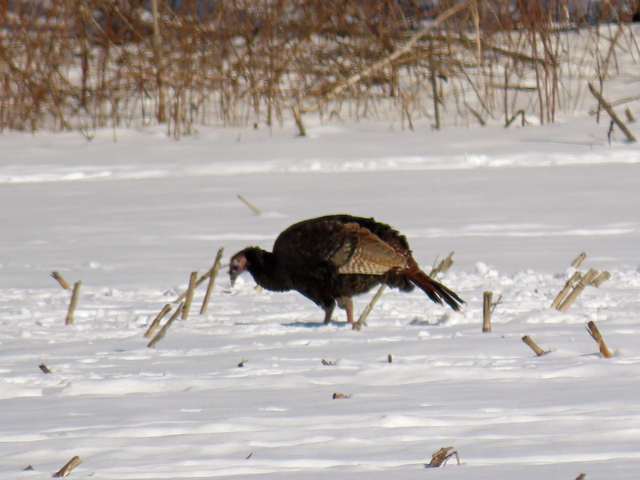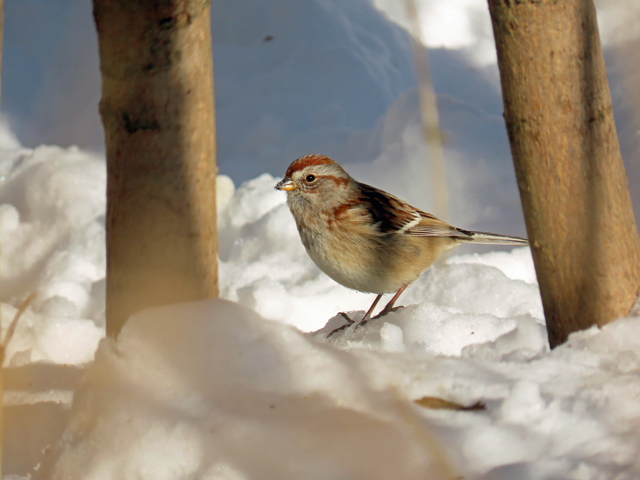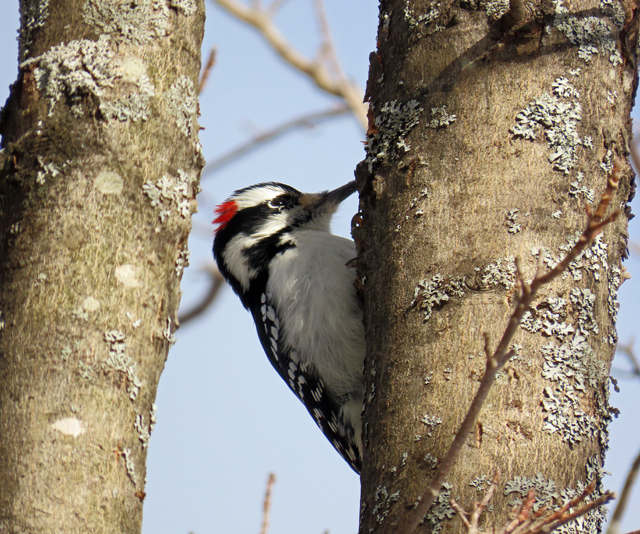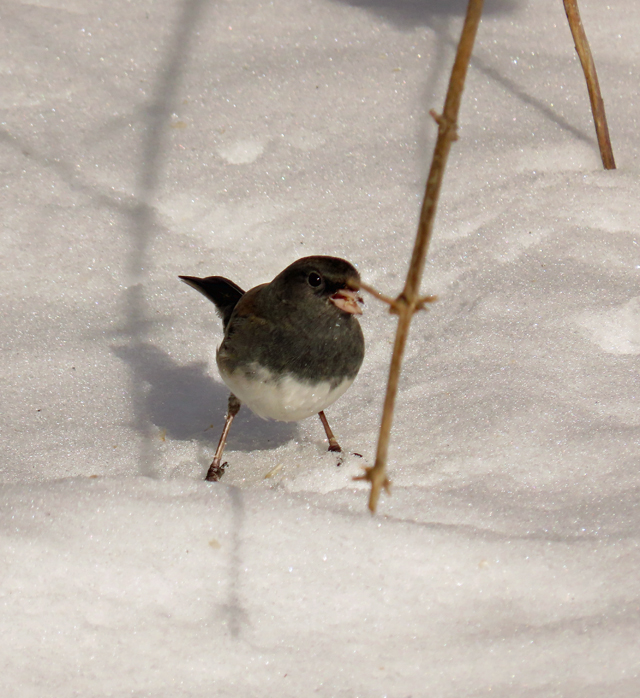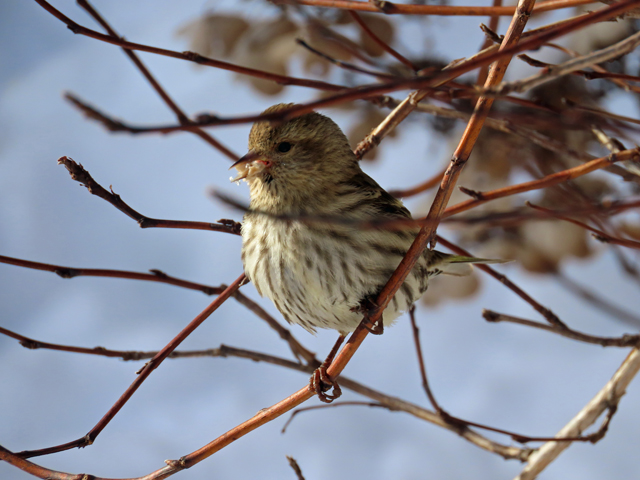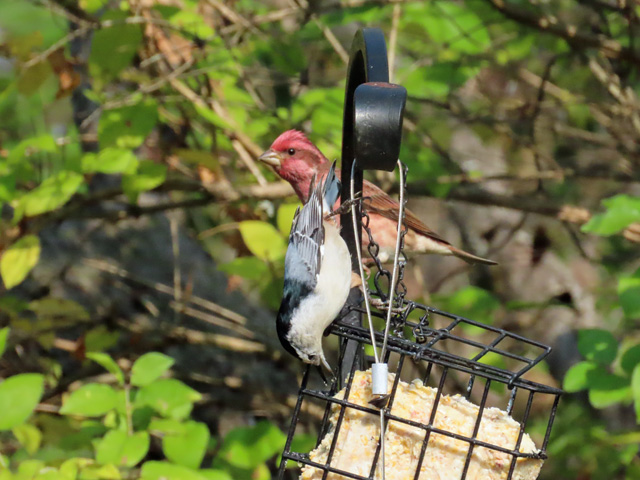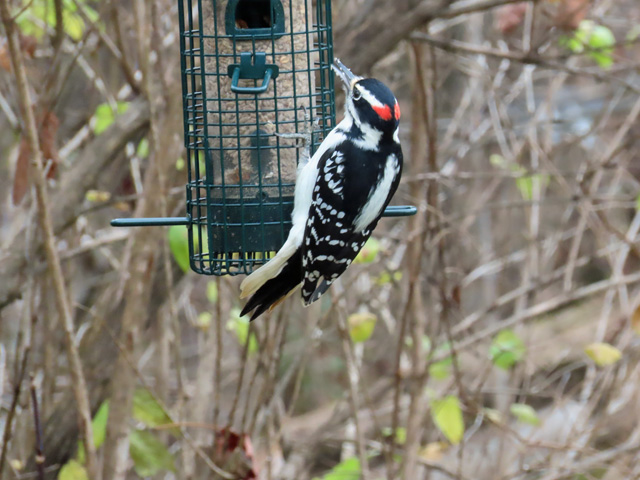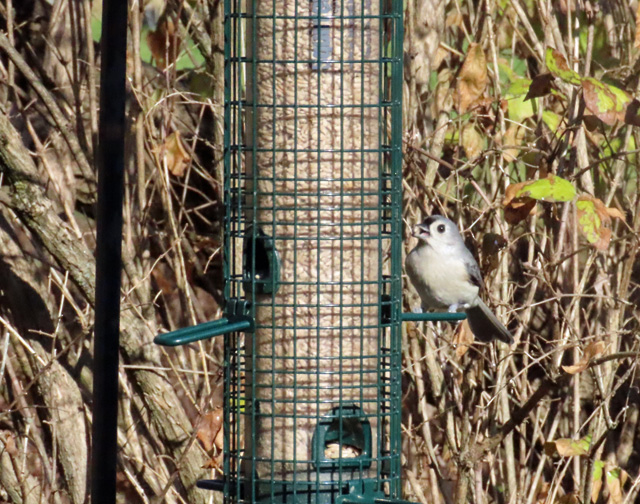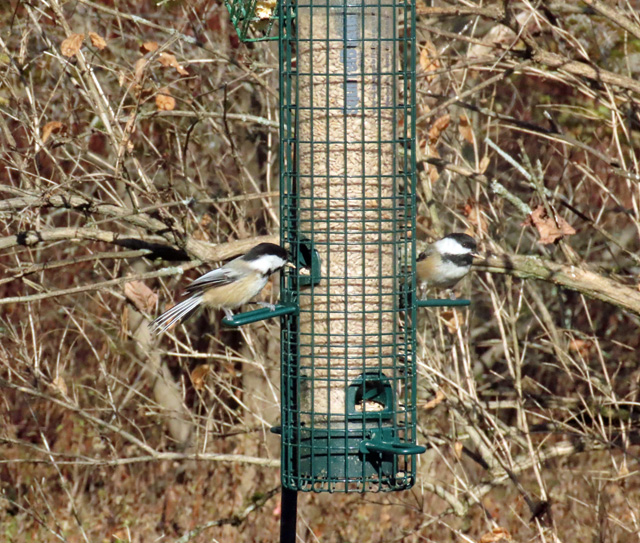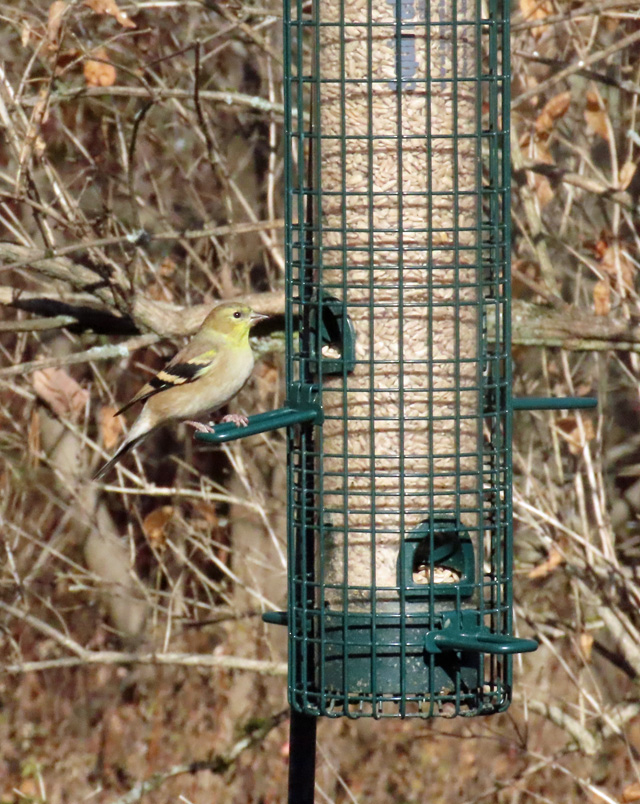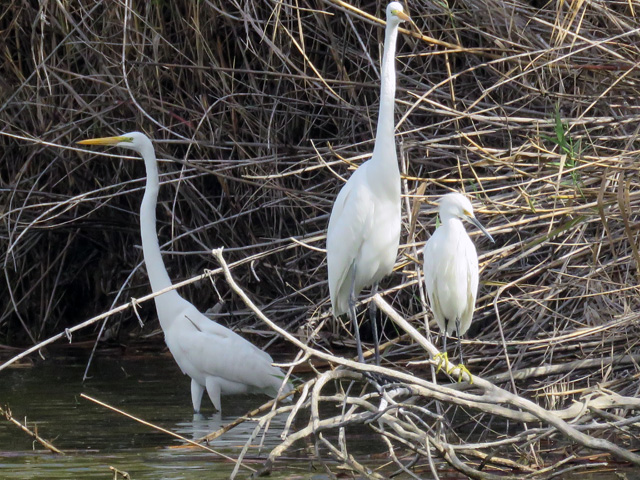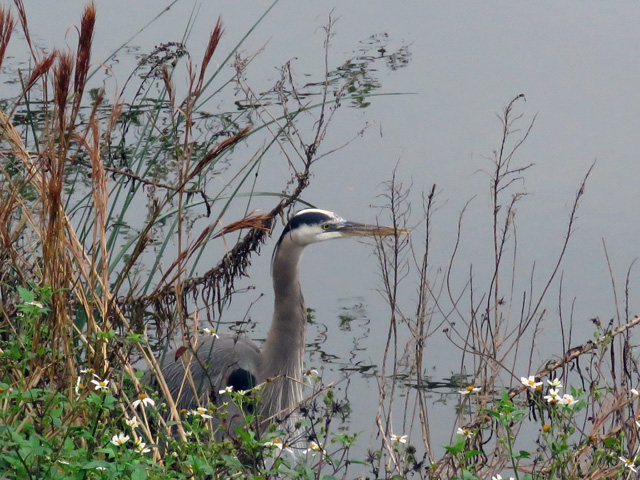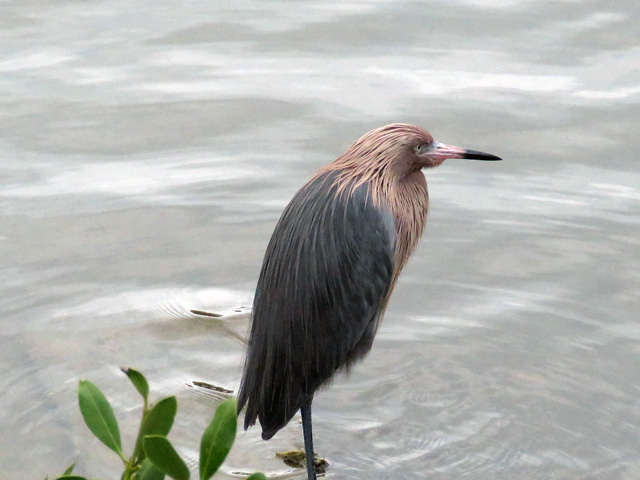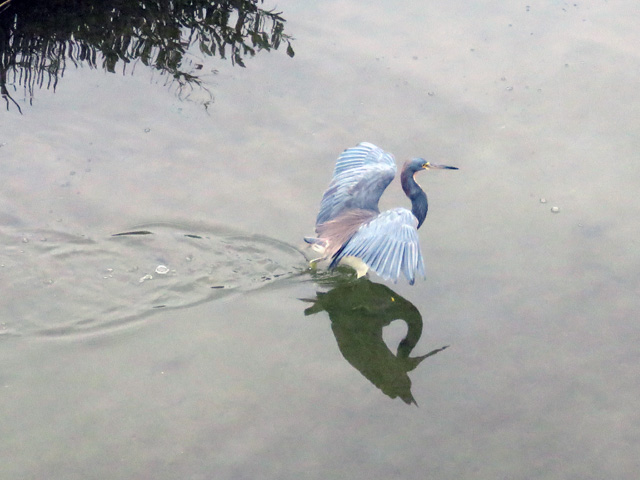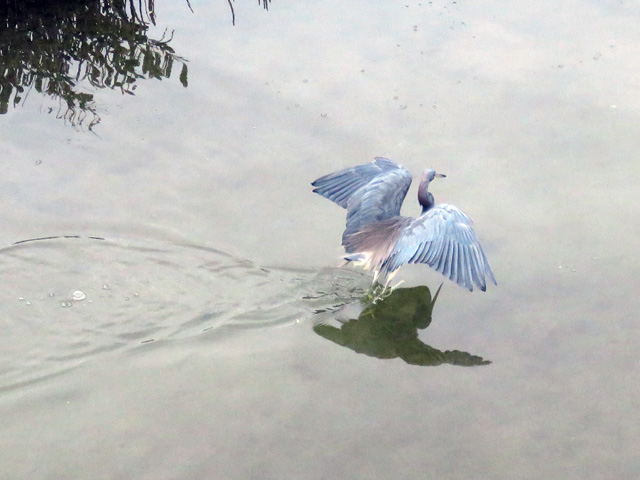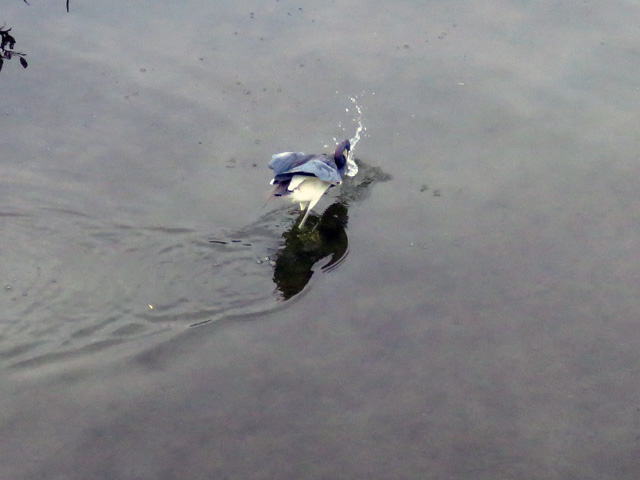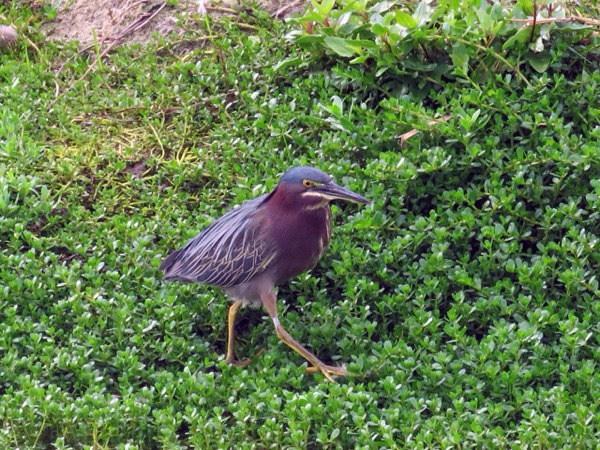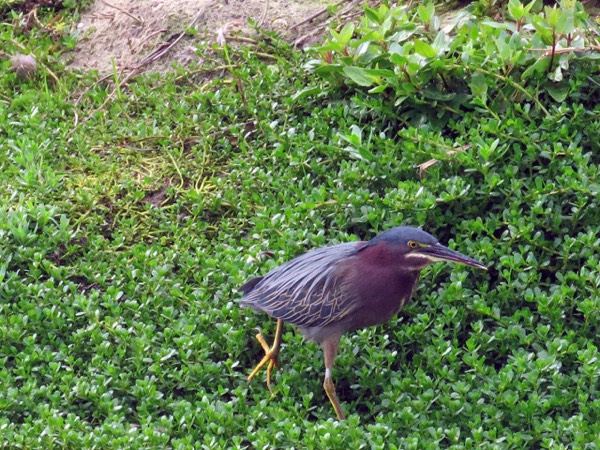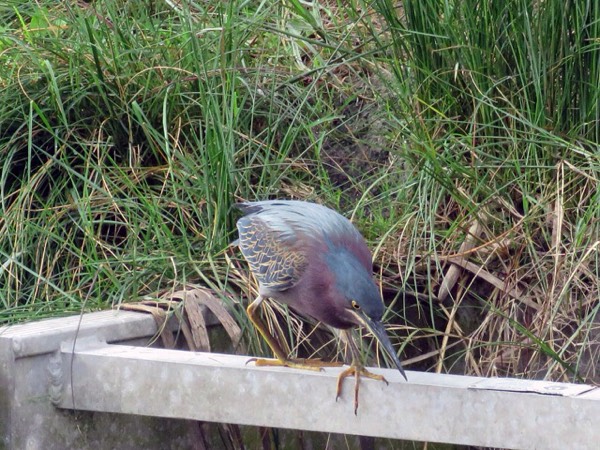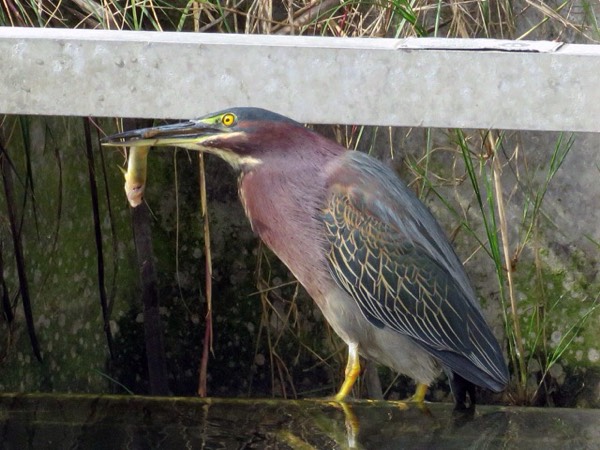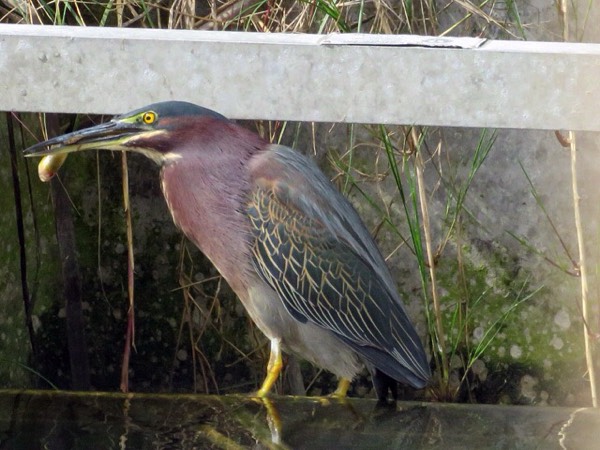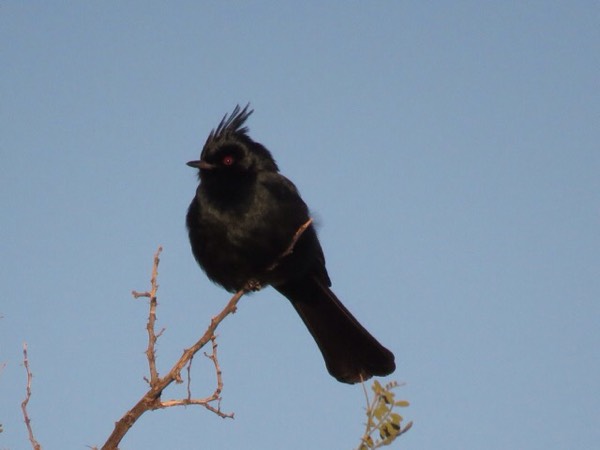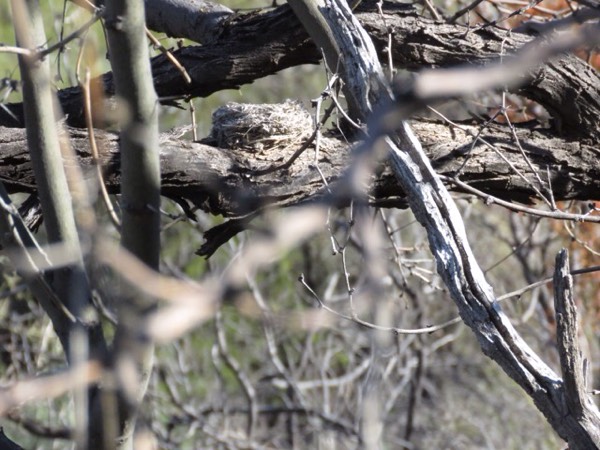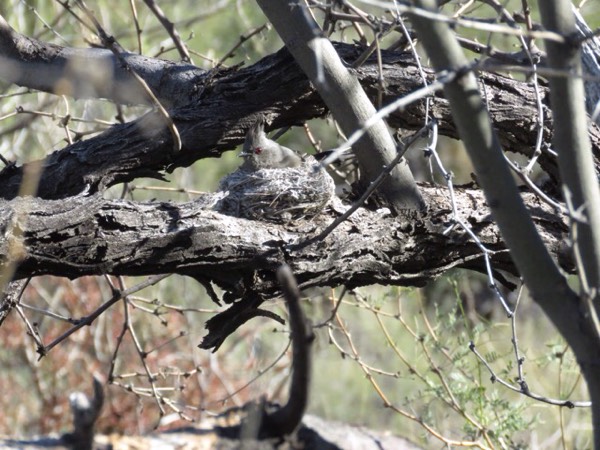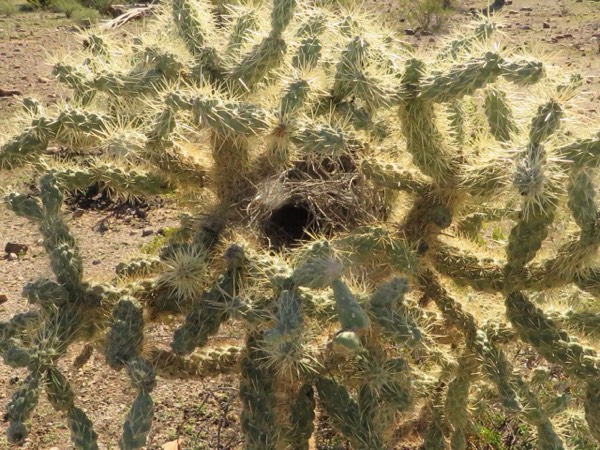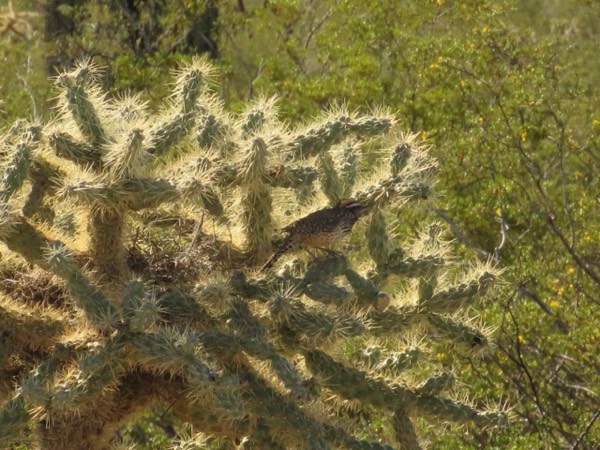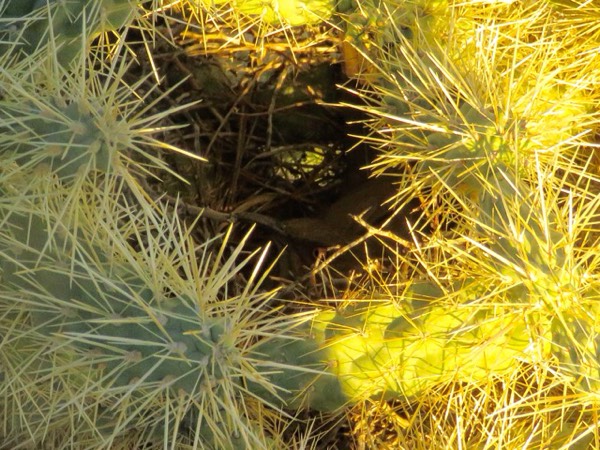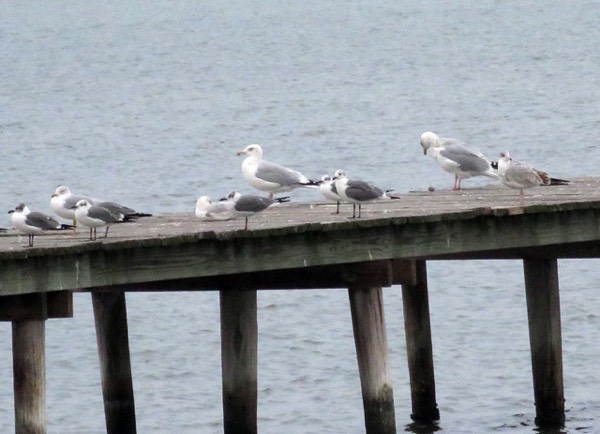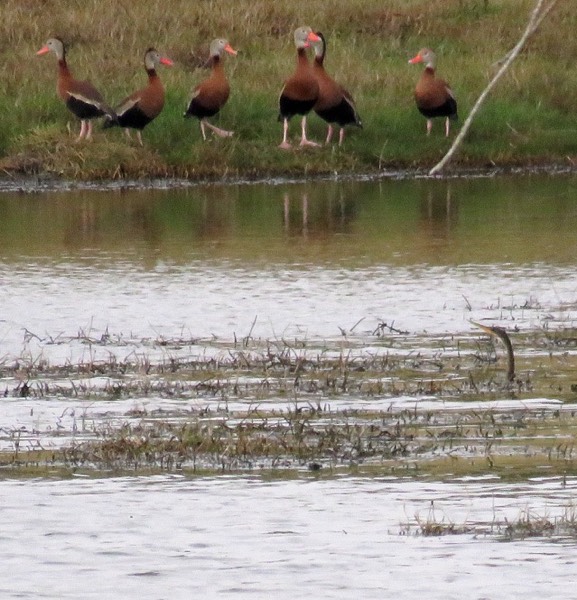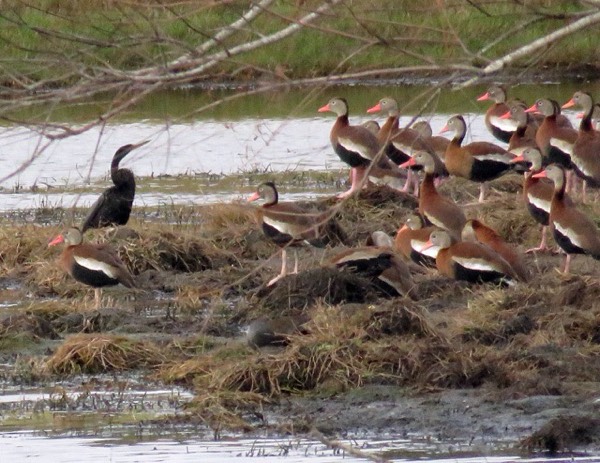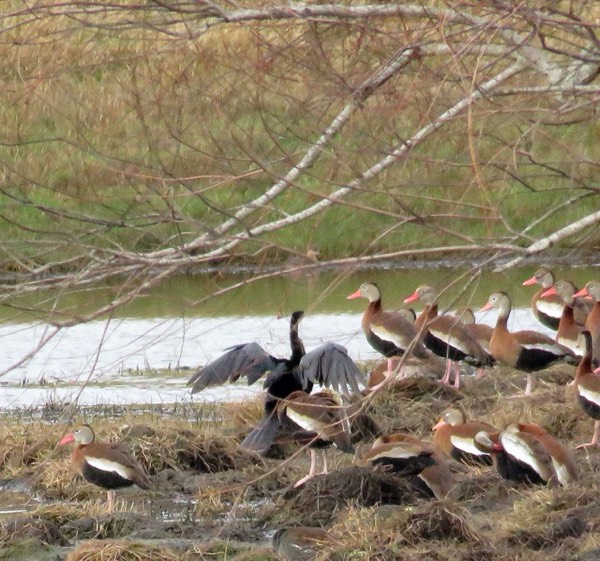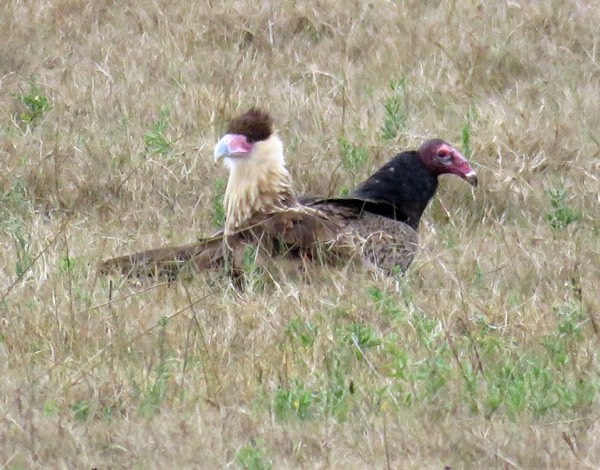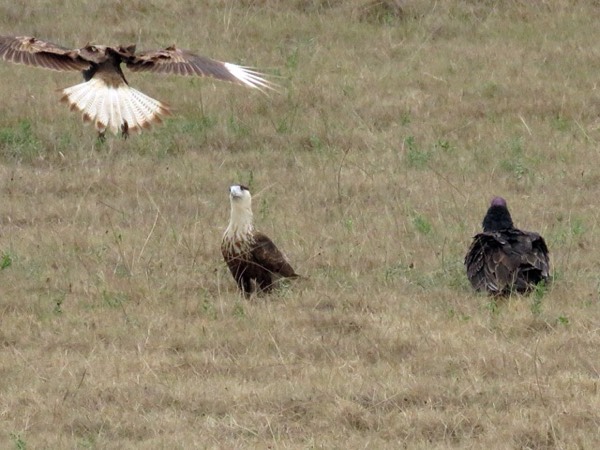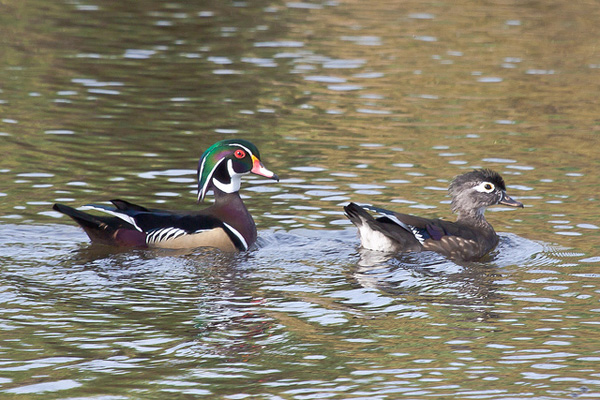Yes, even though it’s a cool spring, the real estate market is hot!! Location, location, location… This neighborhood has mature trees, a small pond, is close the commuter rail and is frequented by birds and birders often during spring migration.
At Oak Hill Cemetery in Newburyport, I left my car at the compost area to just wander about. I was alone; the dog walkers hadn’t arrived yet. I heard Wood Ducks; then a pair of Wood Ducks flew over the Larch trees and continued southeast over near the water tower. They landed briefly, then flew tree to tree. Again, they landed.
The hen peered into a cavity ~ a home that Northern Flickers held the deed to just a breeding season ago. The drake Wood Duck perched above horizontally; he was attentively watching the hen. She flew to another tree; he followed. He again landed above on a branch of girth; he watched and waited as the hen fulfilled her role. She’s the inspector of the grand opening; that entry is her concern for herself and the sharp-clawed young.
Frank Bellrose’s Ducks, Geese and Swans of North America states that when Wood Ducks are seeking nest sites, “They leave their water area shortly after daybreak, fly to wooded areas adjacent to or, rarely, more than a mile away.” I stayed with them as they did their fly-bys in search of a suitable home. I likened it to the drive-bys we’ve done prior to that “Open House” scheduled for a spring, Sunday afternoon.
The pair flew down to the water in that secluded cove and landed. I watched with binoculars and then with my scope. They started to toss their heads back, pointing their bills skyward. Then they were showing off their throats and chins, those white patches that we use as key field marks from afar.
The Stokes’ A Guide to Bird Behavior -Vol.III calls this the “Bill-Jerk“, a visual display. The drake took a drink; the hen swam, and the drake followed her. The drake approached her, then held on to her with his bill while his genetic material was passed on. Afterwards the drake swam in front of her, and she freshened herself with a wiggle and a splash.
She left the water and flew up past those Larches. I heard her drawn out “wee-e-eek” as she perched. The drake joined her, putting down above her in an oak.
They continued with a few more home inspections and then worked their way back to the water.
I’m not one who’s known for watching television; I enjoy watching people and bird behavior. This early morning show was a thrill for me, and there was no remote…
Sue McGrath
Newburyport Birders
Observe ~ Appreciate ~ Identify
Newburyport, MA
Website: www.newburyportbirders.com
Blog: http://nbptbirders.blogspot.com/
Twitter: @ nbpt_birders
